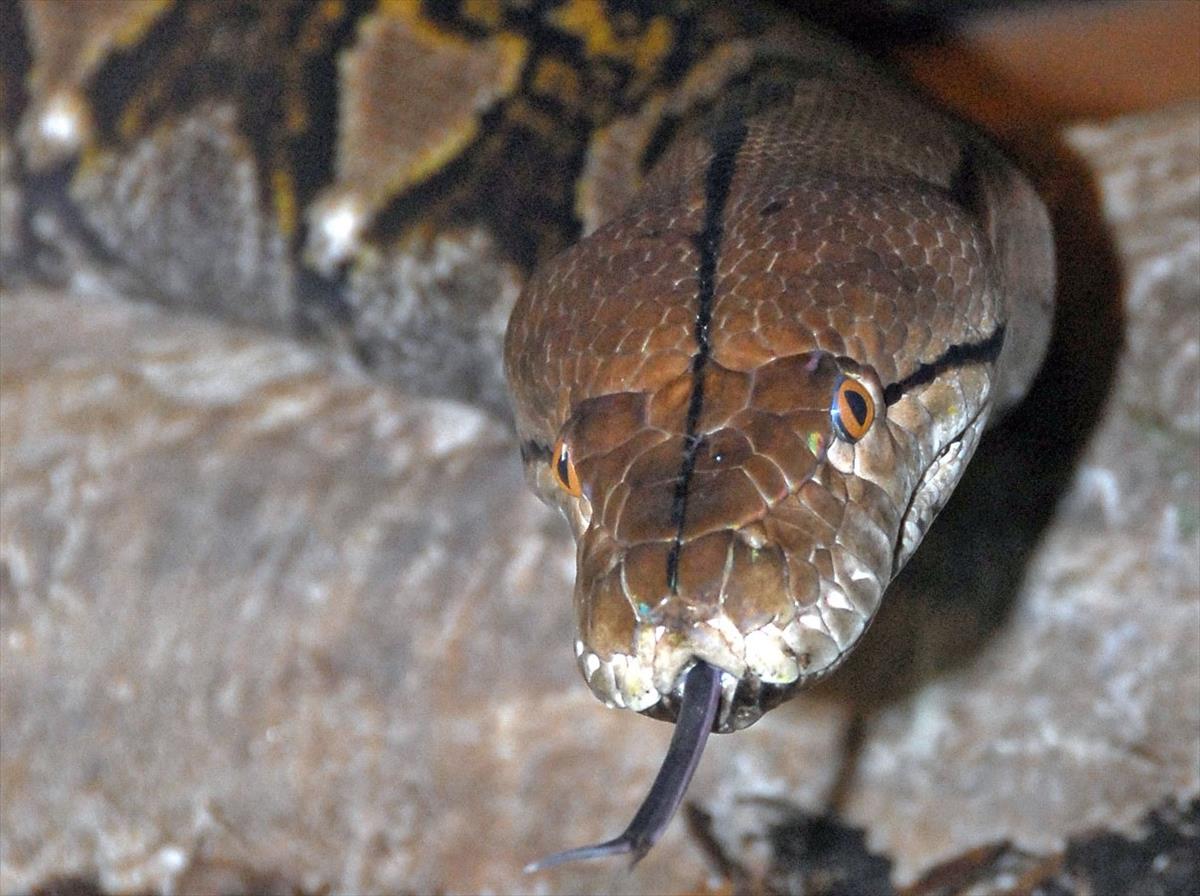Alerts
Please be advised that our bird aviaries are open!
Your Toronto Zoo is committed to the health and safety of the animals in our care. We take proactive steps to protect our birds from Avian Influenza which has been confirmed in a wild bird in southern Ontario, and some birds may still be off display.
Please note Splash Island is still closed and will not open until July due to unforeseen delays in construction. Please watch for updates on https://www.torontozoo.com/tz/splash or on our social media pages. Thank you!
Please note the following animals are currently not on display due to various reasons including Avian Bird Flu, and Covid-19 sensitivity:
- Flamingo, peacock, owl, bald eagle, and aviaries
- Some Kids Zoo Animals
- Cougar
- Moose
- Kangaroo walk through (kangaroos are still visible)
- Axolotl
We apologize for the inconvenience!


Reptile
Location at the Zoo:
Indo-Malaya
Region: Indomalaya
Reticulated Python
Reticulated pythons have complex, geometric skin patterns. The name refers to the net-like appearance of bold, dark, oval, or triangular markings on a lighter yellowish or brown background. These are flanked by smaller markings with light centers. The skin is iridescent. A black line extends over the head from the nose to the neck and another on each side from the eye to the angle of the mouth. The underparts are mostly yellowish, with small brown spots on the sides. This is a very large snake. Its potential length is longer than any other species of snake. Lengths of five metres are common and lengths of over seven metres occur regularly. They are sexually dimorphic in size, females are larger than males. The longest on record is 10 m. Maximum recorded weight is 158 kg. This species can live up to 25 years or more.Conservation Status: IUCN
